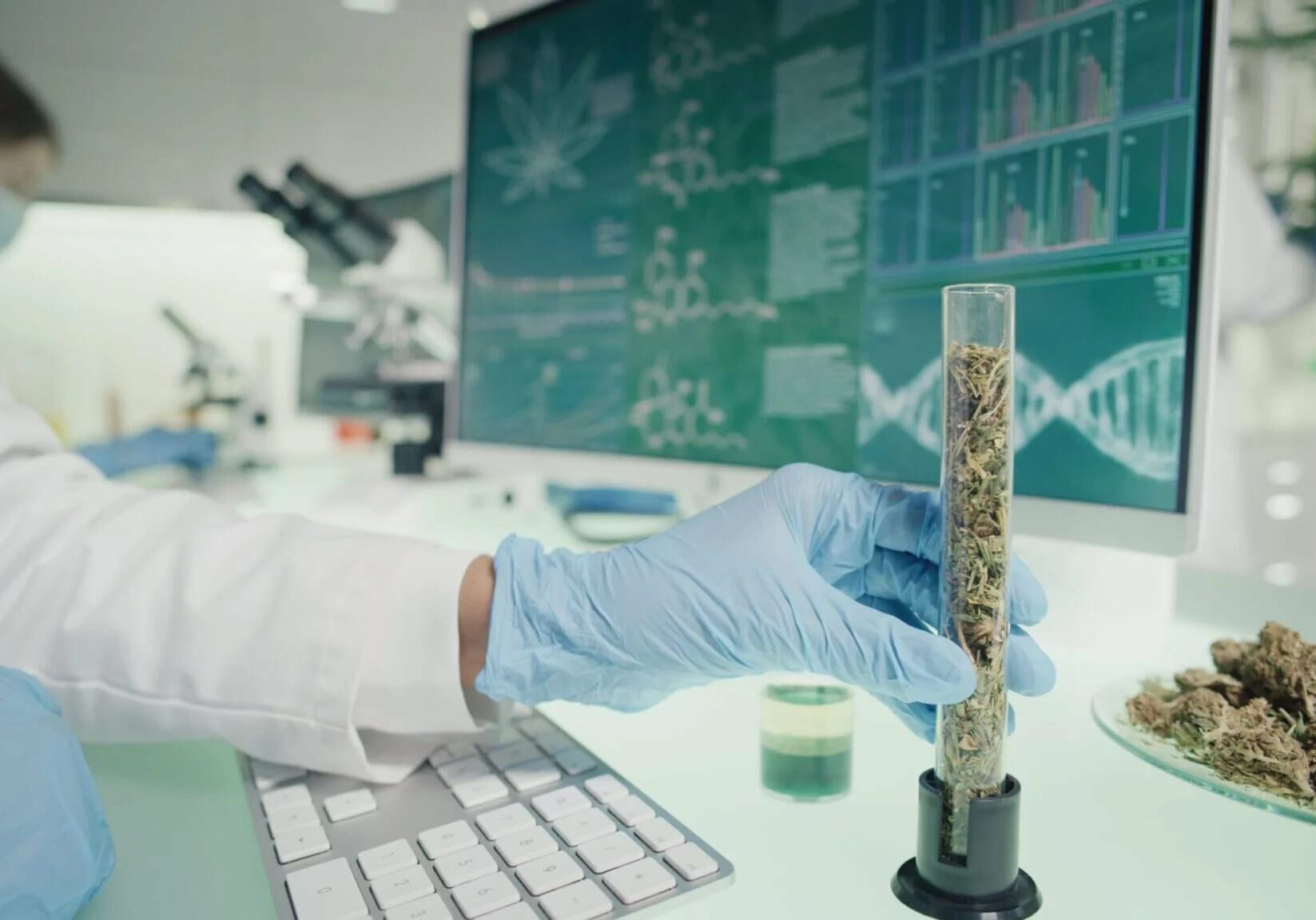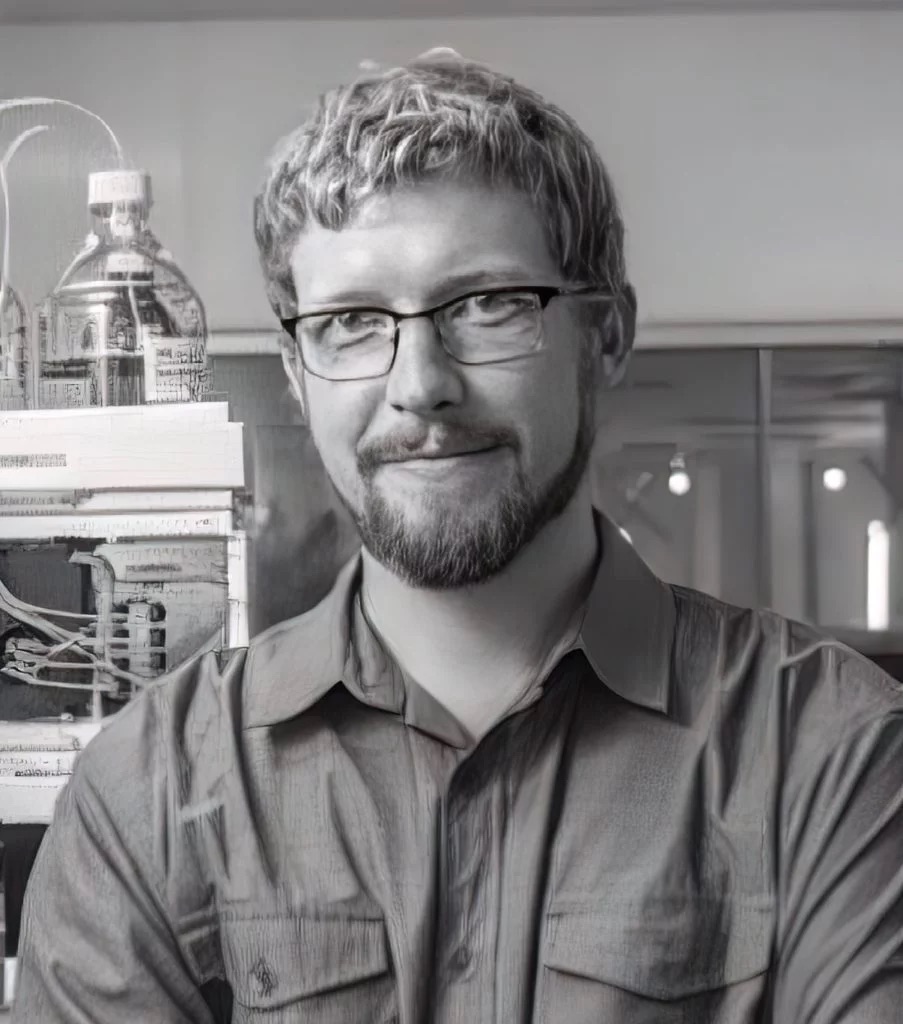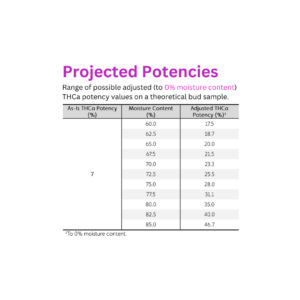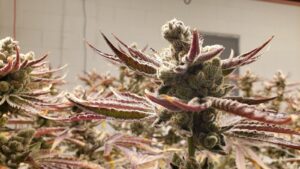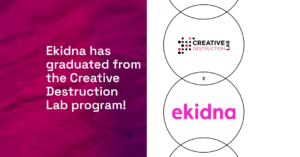Highlights:
- No matter what solution you choose, your testing capacity needs to scale as you expand your cannabis operation in order to avoid production bottlenecks.
- You need to be running at least 20 tests per day to get good ROI on building your own on-premises lab.
- Faster turnaround on testing results alone can make the costs of your own lab worth it.
The legal cannabis industry is predicted to expand in the next decade. Product sales in North America continue to experience high demand wherever they’re introduced, and a wide variety of analysts are predicting significant industry growth through 2030.
Challenges from oversupply, the illegal market, and inevitable consolidation will continue — not to mention the supply chain woes that affect most industries these days. For organisations that become more efficient, however, the industry is still rife with opportunity.
During my tenure at Canopy Growth and its predecessor, Tweed Marijuana, I held several positions, including SVP of global quality assurance. I oversaw the design, construction, operation and optimisation of 13 cannabinoid laboratories in Canada, the USA, Denmark and Australia, and my experience has given me some measure of insight into the costs and challenges involved with running a lab.
I should note that the labs we set up tested for cannabinoid levels, not the safety-related testing for foreign materials or substances like heavy metals, pesticides, mycotoxins or microbial impurities.
Setting up our own labs made sense for Canopy once we grew to a certain size, and reached a threshold with our testing requirements. The information I provide below should help you decide at what point in your growth an on-site lab will make sense for your business.
Testing Costs
One of the key challenges involved in scaling a cannabis business lies in the increase in testing requirements, which need to keep pace with operational output. After all, the necessity to ensure your crop delivers the right amounts of cannabinoids won’t go away. Having predictable amounts of CBD, CBDa, THC, and THCa means higher-value crops and products that deliver what the labels promise (and therefore, regulatory compliance and happy customers).
But testing costs during production are a thorn in the side of growers and manufacturers alike. Mailing samples to a third party lab costs at least $75 per sample, often much more. For larger growers, this can add up to multiple millions of dollars per year. Just as importantly, the turnaround time for results can be several days or even weeks.
When Is It Worth It to Build Your Own Lab?
The practical upshot is that you will need to perform at least 20 tests per day (ideally 30+) to break even on lab equipment depreciation, material, and labour costs. Don’t forget that labour for labs is not cheap: you need qualified personnel with rigorous training in how laboratory equipment works and how to carry out testing procedures. Obviously, the larger your lab, the higher your labour costs will be.
Even though Canopy’s labs saved us millions of dollars every year versus third party lab costs, the real drive for in-house testing was the 24-hour turnaround time to get our product to market. Knowing the cannabinoid numbers for each batch quickly and accurately meant that we had a better idea of the price we could expect. Of course, having product languish in storage for days or weeks before you can sell can have a big impact on balance sheets, which can seriously hamper growth efforts.
There are other use cases for an on-site lab besides quality assurance: R&D can involve hundreds of samples per experiment (daily) if you’re developing new strains or trying other tests.
A Tour of the Costs
Capital costs for building a lab (including equipment purchase, construction costs, etc.) can start at around $500k, but depend on the range of tests and the market in which you’re operating. (Cost estimates for setting up commercial labs start at about $1M, but commercial labs have some considerations that facility-based labs do not.)
Ongoing costs to run a laboratory depend too much on the vast number of variables, so while I can’t provide a dollar value I can give you an idea of what those variables are.
Building the Lab
Furnishing costs for building a lab can range from the high tens to hundreds of thousands of dollars (depending on its size) for materials (cabinets, epoxy counters, drawers) and installation. This does not include building costs for framing, drywall, utility lines such as electrical, water, gas, compressed air, etc., which are more dependent on need and equipment.
The process of designing and building the lab space used to take about four to six months, but with recent supply chain issues I think this will be much longer.
UPLC/HPLC Equipment: the Heart of Your Lab
Major commercial labs typically use high-performance liquid chromatography (HPLC) or ideally ultra performance liquid chromatography (UPLC) machines for testing.
Because UPLC runs at higher pressures (15,000 psi vs 6,000 psi for HPLC) and allows for smaller column particle size, it has faster analysis speeds and better resolution and sensitivity for complex samples. HPLC and UPLC have similar accuracy and precision.
Key Considerations
A UPLC (for example, the Agilent 1290) with HDR detector could theoretically run 112 samples per day (with four samples subtracted from the theoretical limit for autosampler injection time, and with 28 samples removed for system suitability testing every 5 samples). Note that the logistics of getting the samples from the floor to the lab also impact lab testing capacity and turnaround times.
You would need a 132-slot autosampler and staffing to prepare the 144 samples and to review the chromatograms. This means running two shifts (16H labour), overlapped by 2–4 hours for the handoff.
The Agilent 1290 UPLC costs about $160k, plus $8k per year for the maintenance program — or $3k per year if you do the maintenance yourself.
The least expensive HPLC would be an Agilent 1260 @ $120k, which could only run about 60 samples per day — so minimal cost of equipment. Maintenance is about $15k per year on the books.
A HPLC/UPLC will usually last more than 10 years if properly cared for — most parts are replaceable so a chipset failure is usually the silver bullet on an old HPLC.
It’s also really important to have backups. Most labs and companies with internal labs run on multiple HPLC/UPLC machines for redundancy. A bent injection needle, guard column replacement, column replacement, recalibration, line replacement, pump failure, or even a mobile phase replacement creates down time for equipment use, and can be incredibly detrimental for releasing results or getting product to market. A worst case example is a pump failure: a backup pump will need to be ordered and installed which can take 1–4 weeks.
The other faults mentioned above typically result in 1/2 to 1 day of down time, if the maintenance parts are kept on site (so that’s 80–140 samples that need to be run on the redundant device). If the parts need to be ordered (i.e. your lab supervisor unwisely doesn’t keep spares of critical parts on hand) then you’re looking at a 1–4 week window. The redundancy typically means you’re running on the preferred HPLC/UPLC, so you’ll need to factor in that you’ll have more downtime on the redundant device, meaning underutilised equipment and depreciation costs. If you need to order a new HPLC, expect at least a 6–8 week lead time to delivery.
The setup and validation of a HPLC/UPLC takes two weeks to one month of labour, equipment, and material burn incurred.
Capital and material costs with a UPLC lab will run at $12–$18 per sample under maximum utilisation. The reality is that a UPLC lab never reaches maximum utilisation and the cost per sample is closer to $22, if you include downtime when running on a comparable double shift under maximum utilisation (includes depreciation, labour, materials; but does not include furnishings or costs for the building). An Agilent 1260 HPLC will actually cost more per sample at $25–$32 because it takes more time to run than a UPLC.
The Ekidna Alternative
Using the Ekidna system will not only save growers the capital costs for building their own lab, but on resource time as well. It’s also extremely easy to scale your testing program.
A single floor operator could operate 3 Ekidna devices at once, with 5 minutes per sample per device. On a 24H shift, that adds up to 288 samples per day (minus 150 minutes for down time between samples) on the production floor with no significant increase in labour costs, capital for lab infrastructure, or time.
It’s an alternative that I think will be very attractive to a lot of growers and manufacturers who are ready to start scaling their business.
